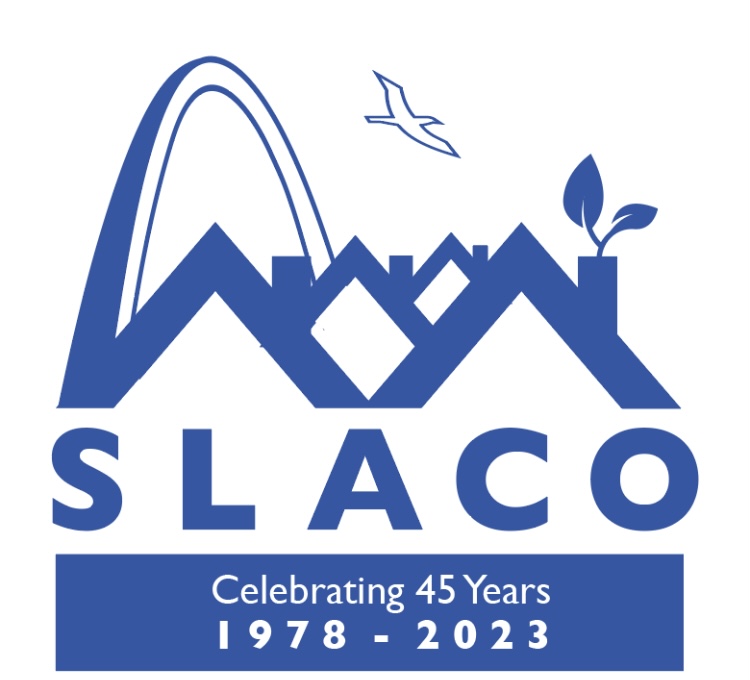Vacancy is definitely a problem that has plagued the City of St. Louis for decades. Generation to generation to generation of families have endured this devastation. It has been debilitating to the quality of life of our community and its residents. As a result of a depleting tax base, and spending for upkeep and securing of the vacant properties, it is estimated that the total cost of vacancy is more than $14.8 million per year. As the city faces a depleting tax base, residents are faced with a lack of available public services. For residents living directly near vacant properties, these dilapidated eyesores bring down their property values, and these dangerous structures are a breeding ground for unsafe, and sometimes criminal activities that have been known to lead to traumatic narratives of suffering and even death.
What is also harmful is the psychological handicap that impregnates into residents’ minds – the questions, “Don’t we deserve better? Is our community not worth more?” These thoughts then give birth to destructive behaviors, a loss sense of pride and complete hopelessness. If you do not live directly near vacant properties, please understand that vacancy affects us all. For every city resident, vacancy consumes tax dollars that could be put to better use. And, for every resident of our region, the city’s vacancy challenge is a hindrance on our ability to compete with other regions.
As a resident of the Walnut Park East Neighborhood, which has approximately 750 vacant properties, I was delighted to get the call that the St. Louis Association of Community Organizations, known as SLACO, had identified vacancy as a priority focus for advocacy and policy work. SLACO has been addressing a broad range of issues related to strengthening St. Louis neighborhoods for the past 40 years, and in January of 2016 held the first SLACO Vacancy Committee meeting. Understanding that the problem requires a collaborative approach, this was a convening of a diverse group of stakeholders ranging from neighborhood residents, neighborhood associations, academia, community leaders and various community organizations gathering with great enthusiasm to come together, work together, and move forward together to create tools and resources to address the problem of vacancy in St. Louis.
We continue to work together and we will provide updates on our work as we progress in this endeavor to rid the City of St. Louis of vacant properties. Thank you.


Recent Comments